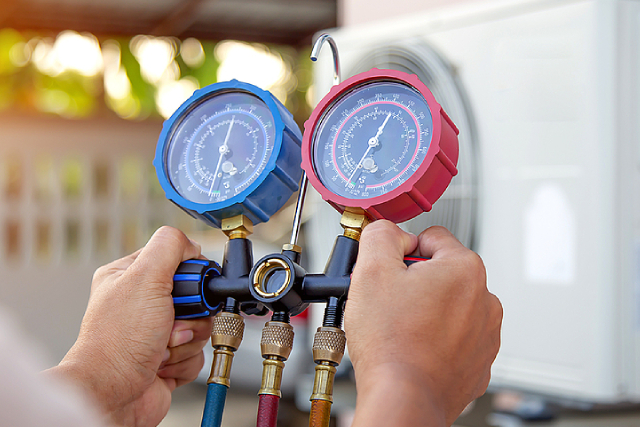5 Hazards Everyone Should Avoid When Operating A Vacuum Pump

Vacuum pumps' safety, design, and technology have improved enormously in recent decades. A vacuum pump is a mechanical device created to extract liquids or gases from the interior of tubes, containers, or any system where it is necessary to reduce their internal pressure to less than atmospheric levels. Vacuum pumps in Singapore are used in a variety of industries, such as the electronics industry, the food and beverage industry, and more.
However, despite numerous improvements, vacuum pumps and other related devices in vacuum systems continue to pose the risk of injury to individuals who work with them if not installed or managed correctly. As such, it is very important to constantly operate a vacuum pump with caution.
Read on to find out some of the most common hazards that must be avoided when operating a vacuum pump.
1. Incorrect use
A vacuum pump must be used the way it was intended. This means that it should be operated in spaces or areas as described in its operating instructions and at suction and ambient temperatures set within the manufacturer's tolerances. Keep in mind that a vacuum pump should never be operated when only partially assembled, nor must it be placed in an enclosed and unventilated space.
2. Overlooking the vacuum pump’s performance curves
It is common for manufacturers of vacuum pumps to emphasise their pump's maximum performance wherever it may fall on the performance curve. However, you need to carefully analyse the performance curve to ensure that the mandated operating pressure falls beneath the performance-level capabilities of the pump at the target operating pressure. Furthermore, you need to build a bit of safety margin to cover peak necessities.
3. Using SCFM Instead of ACFM
When measuring a vacuum system's air consumption conditions, actual cubic feet per minute (ACFM) is considered a much more accurate measurement than standard cubic feet per minute (SCFM). For this reason, ACFM should be used when sizing vacuum pumps. The reason behind this is that the majority of vacuum systems do not operate within the standard air conditions specified by SCFM measurements. Instead, they rely on real-life facility conditions.
4. Sizing based solely on motor size
Another hazard to avoid when sizing a vacuum pump is to do so based on motor size alone. Although air compressors manifest a correlation between performance and motor size, vacuum pumps do not demonstrate the same correlation. Most of the time, unit efficiency, facility needs, and specific technology can affect pump performance. Hence, they should be taken into consideration when sizing a vacuum pump.
5. Errors in continuous and cyclical flow
When using a vacuum pump, application is always the key! Before installing a vacuum pump in your facility, you must first ask what kind of pump you need. Do you need a vacuum pump with a pressure that can fluctuate regularly, or do you require a pump where pressure stays consistent? A cyclical pump will be your best option if you need the former. On the other hand, if you require the latter, a continuous flow pump would be ideal.
Conclusion
You can make plenty of mistakes when operating or sizing a vacuum pump. It is necessary to avoid these mistakes as much as possible to prevent any accident or damage to the vacuum pump. If you are unsure how your new vacuum pump should be operated, it is always best to consult a seasoned expert who can help you navigate the various types and applications of vacuum pumps.
At Winston Engineering, we can help you with all your pump needs. We also provide the best wet and dry vacuum cleaners in Singapore. For more information about our products, feel free to contact us today.

